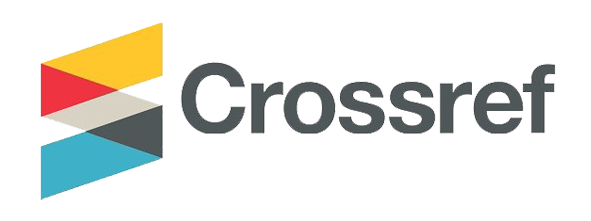Implementasi Manajemen Persuratan Dalam Ketatausahaan Di Sekolah MTsN 1 Langkat
DOI:
https://doi.org/10.51178/invention.v5i1.1738Keywords:
Correspondence Management, Administration, MTsN 1 LangkatAbstract
This study evaluates the implementation of correspondence management at MTsN 1 Langkat with a focus on managing incoming and outgoing mail. The purpose of this study was to identify the correspondence management process, analyse the methods used, and evaluate its impact on the performance of administrative staff (TU). To achieve the above objectives, researchers used descriptive qualitative research. The data collection techniques used were observation, interview and documentation. The results showed that the implementation of correspondence management at MTsN 1 Langkat involved collecting and recording administrative information. This process is in accordance with the concept of office management which includes managing incoming letters, making internal letters, completing letters, distributing outgoing letters, monitoring the status of letters, and deleting unnecessary letters. In addition, correspondence management is integrated with the school's daily activities to support the teaching and learning process. The management of incoming and outgoing mail is carried out with certain procedures, although there are some discrepancies with the standard procedures. Incoming letters are received, sorted, recorded, scheduled, directed, delivered, duplicated and stored, while outgoing letters involve drafting, typing, signing, recording, sending and storing. Records management is carried out in a decentralised manner, where each Executive Department (JAPEL) manages its own archives. In improving the performance of TU staff, MTsN 1 Langkat adopts the principles of office management, such as the division of tasks based on ANJAB, fulfilment of facilities and tools, providing motivation, and staff development. Performance evaluation is conducted through daily and year-end appraisals, with a focus on target achievement and continuous improvement.
Downloads
Published
Issue
Section
License
Copyright (c) 2024 Invention: Journal Research and Education Studies

This work is licensed under a Creative Commons Attribution-ShareAlike 4.0 International License.











